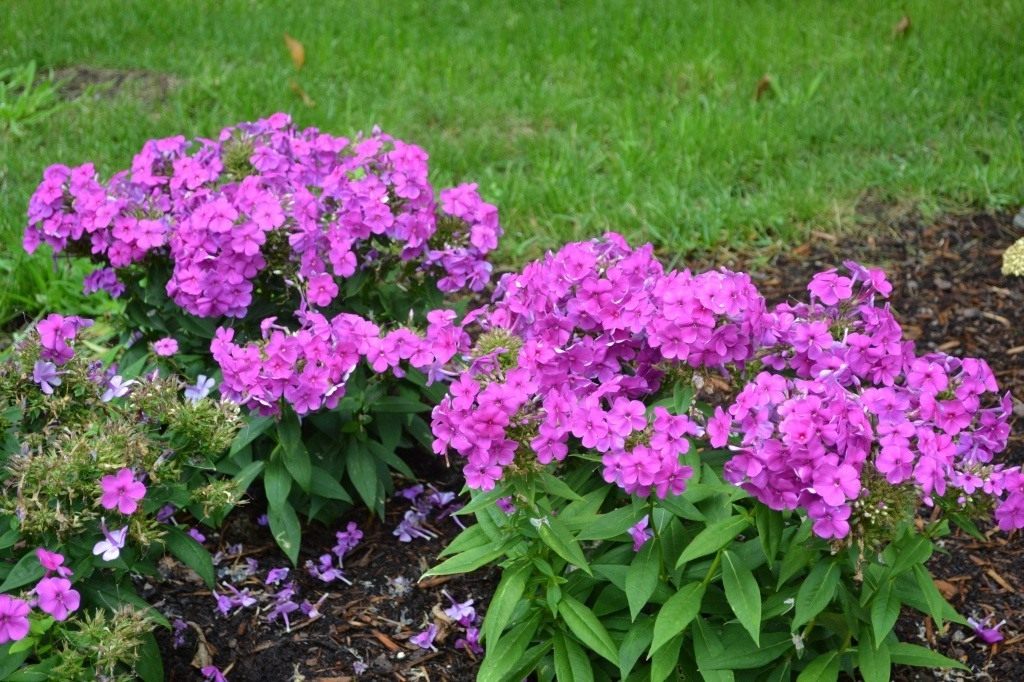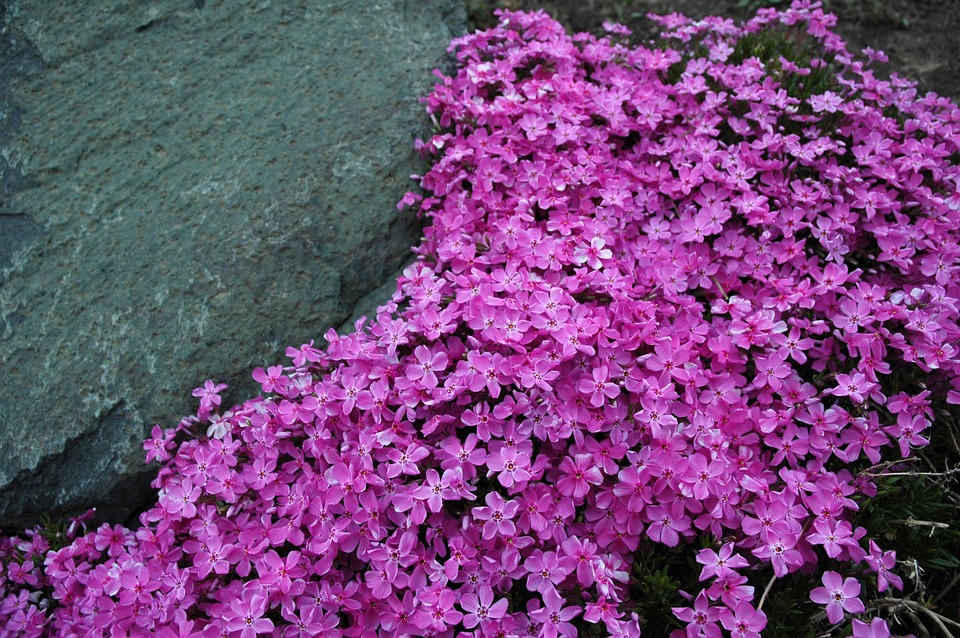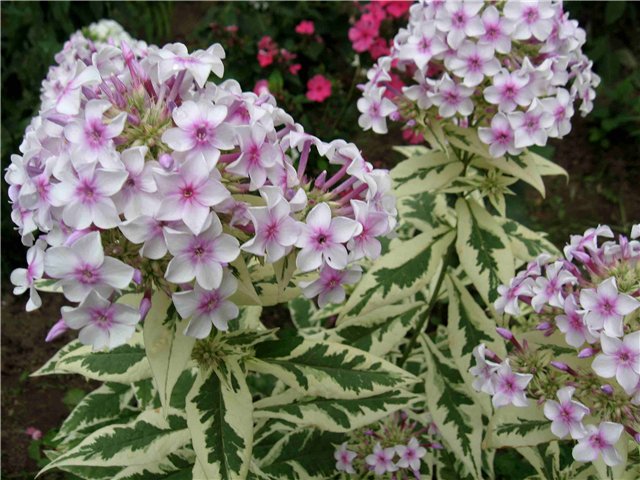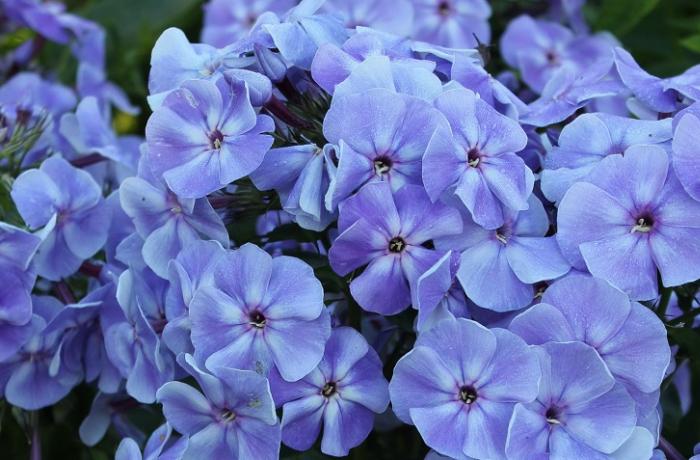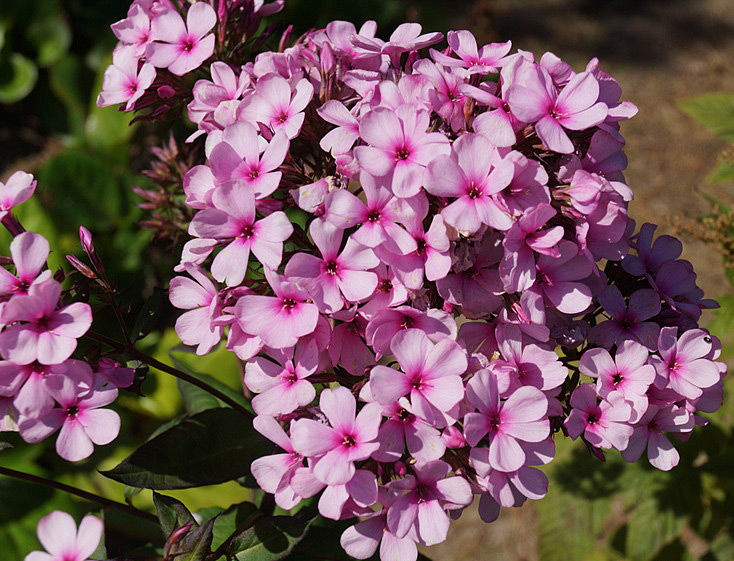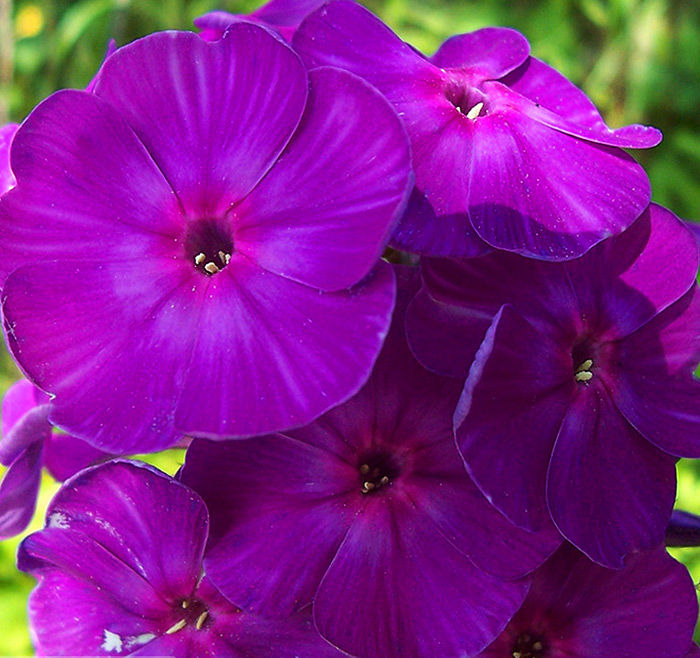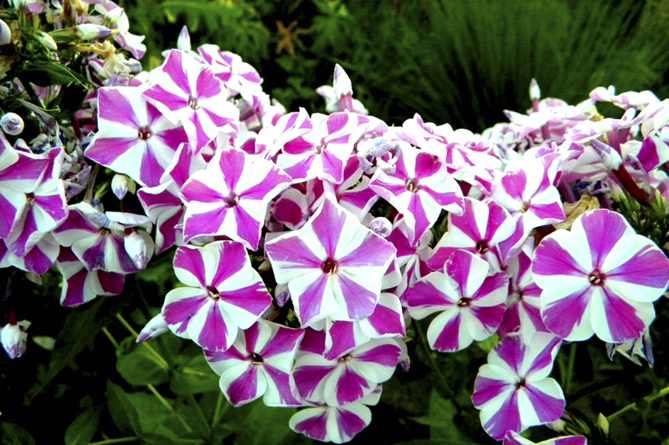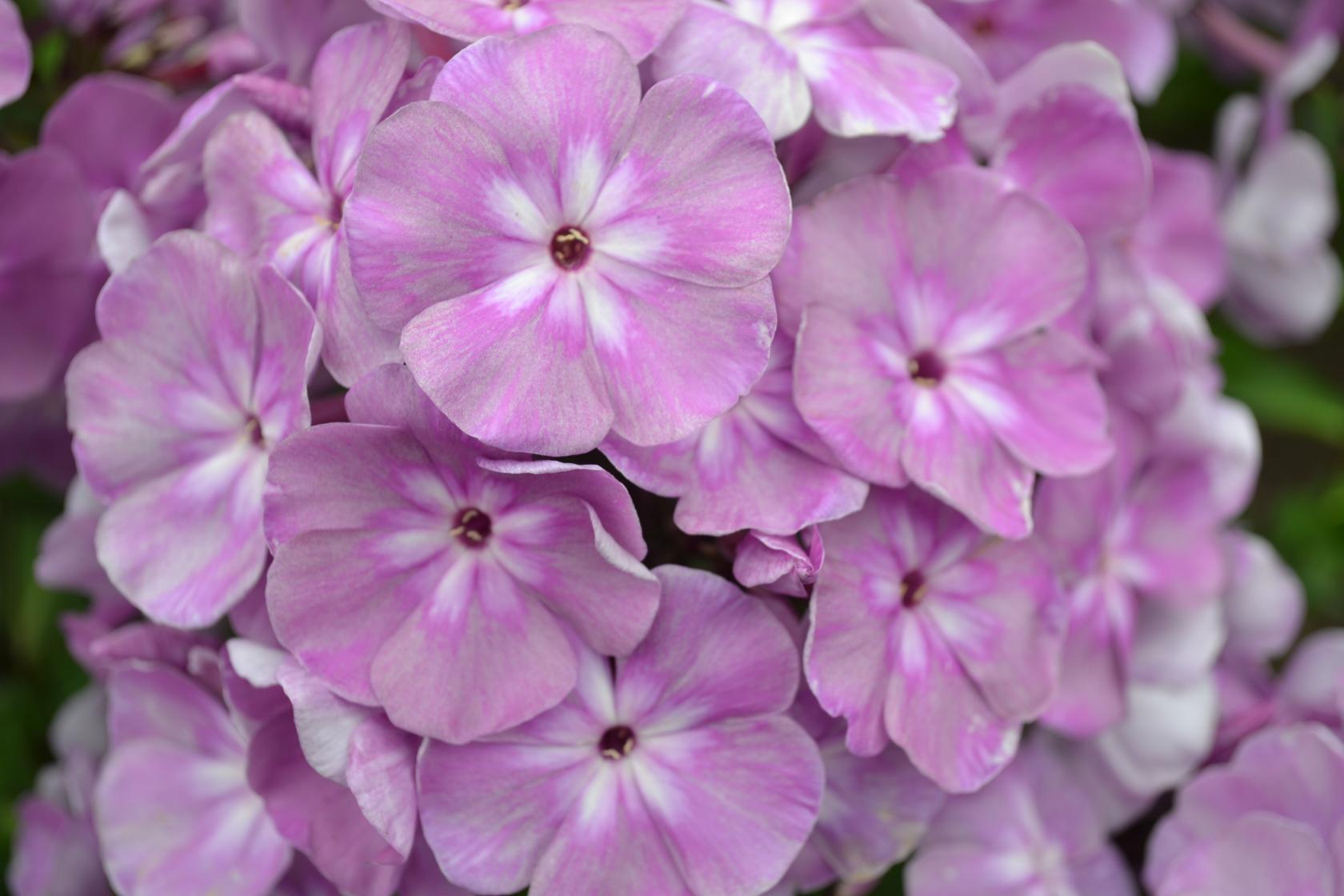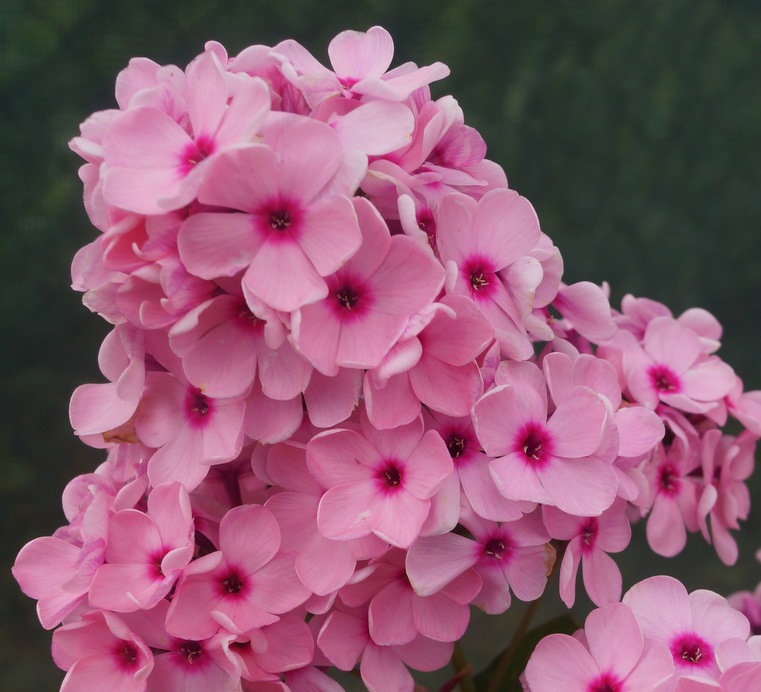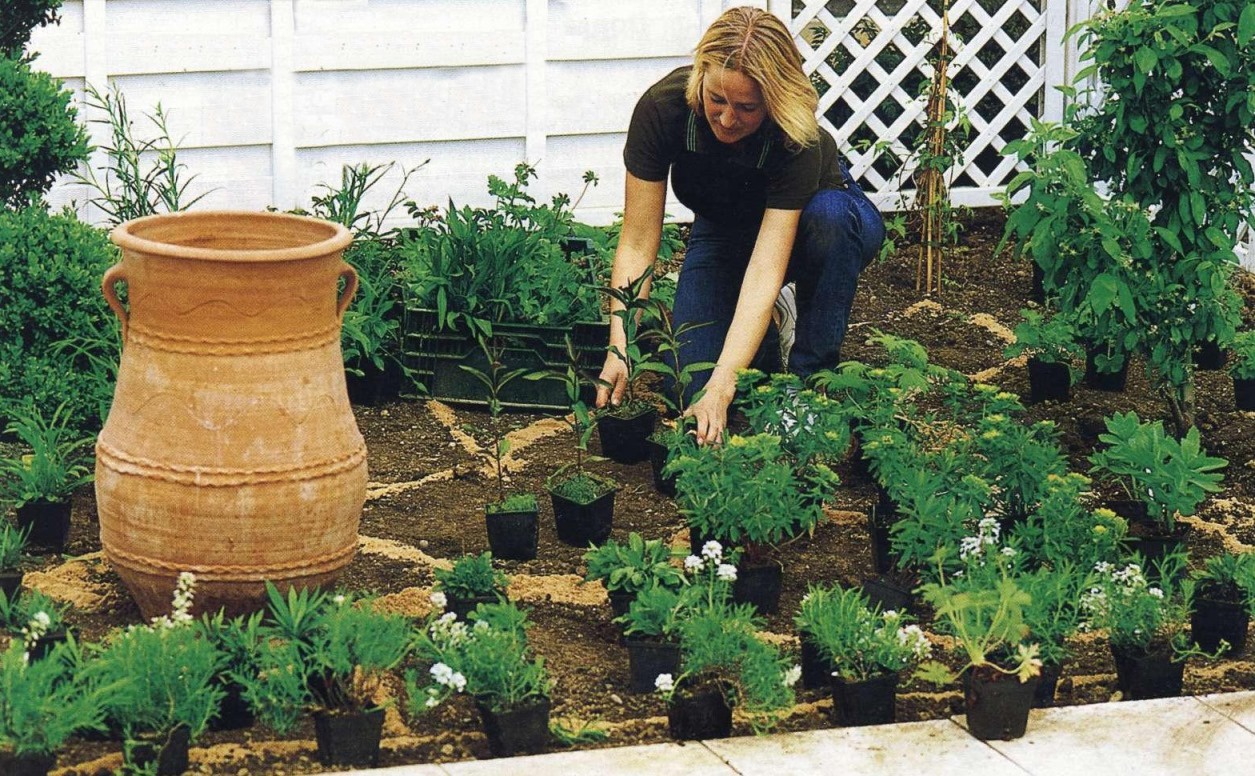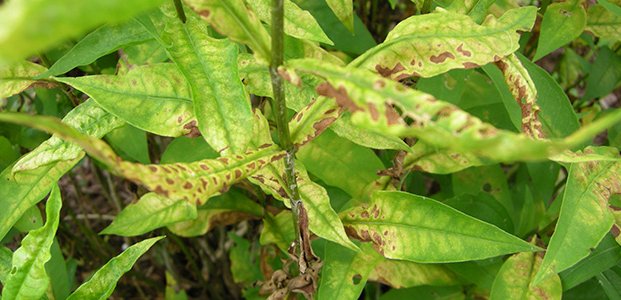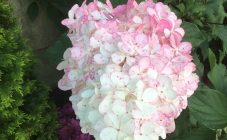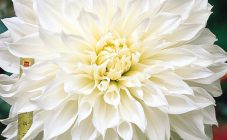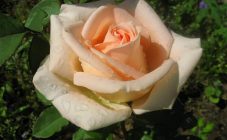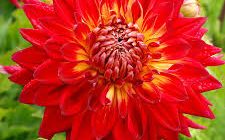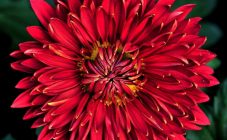Content:
Phlox is one of the favorite colors of landscape designers. No wonder the name phlox is translated as flame - the variety and brightness of flowers captivates the imagination. They are perfectly combined with various plants and become the highlight of any garden, flower bed, composition.
In addition to beautiful flowers, this culture has earned the love and respect of gardeners for its unpretentiousness to living conditions and care. This is not surprising, because the homeland of the plant is North America, in particular, Canada, known for its harsh climatic conditions. The local phlox variety in Siberia is also well known.
These amazing flowers grow well, both in the highlands and on the plains, in cold and hot regions, on fertile and scarce soils. Thanks to this rare combination of beauty and endurance, the culture is developing and already has about 80 species and many varieties.
Varieties of phlox
There is no single classification of these flowers yet, but in order to better navigate the abundance of varieties, it is necessary to determine the main varieties.
Basically, phlox are perennial plants, but there is one annual species that is quite popular - Drummond. This is a stunted variety of a wide variety of colors.
Perennial phloxes, in turn, are represented by three main groups:
- Kustovoy;
- Creeping or creeping;
- Loose sod.
The most common are bush species, the most famous of which are:
- Tall:
- Paniculata varieties;
- Pyramidal (spotted) varieties of phlox.
- Low-growing:
- Karolinsky;
- Hairy.
Phlox creeping or creeping is represented by the following species:
- Subulate;
- Star-shaped;
- Snowy.
Loose turf varieties:
- Spread out;
- Stolon-bearing.
In addition, phlox varieties are distinguished:
- By flower size - large-flowered and small-flowered.
- By the timing of flowering - early, middle, late.
Popular varieties of phlox
Phlox amaze with a variety of colors: from delicate pastels to bright, saturated colors. Everyone knows white phlox, gray, cream, pink, crimson, salmon, coral, red, purple, violet, lilac, light blue, blue, orange. Combinations of different shades or two colors, variegated colors are often found.
Among the many varieties, one can single out especially attractive varieties of domestic and world selection.
In order to make it easier to navigate in their main characteristics, phlox can be divided into conditional groups:
- Red phloxes - Starfire, Red Cariban, Bach, Cardinal, Windsor, Gorislav, Seraphima, Nabat, New Joy, Red Riding Hood or Red Reading Hood, Dzhuliglut, Odile, Freckle Red Shades, Kiev festive.
- Phlox violet - Polina, Sorcerer (Wizard), Cap of Monomakh, Mystery, Amethyst, King, Gioconda, Aida, Vrubel, Warface, Viy, Violet, Breath of the Arctic, Dusk, Batik, Storm, Lilac mantle.
- Variegated phlox - Mishenka, Peppermint Twist, Tsar Saltan, Star and Stripes, Virineya, Little Humpbacked Horse, Old Castle, Ruddy, Ryaba Chicken, Phoenix, Peppermint Twist Phlox, Candy Twist, Darwin Joyce, Little Boy, Harlequin.
- Salmon varieties - Larissa, Waltz, Salmon Glow, Illarion.
- Lilac varieties - Silena, Chiurlionis, Cinderella, Magic blue (Magic blue), Pride of Russia, Fiona, Gray-haired lady, Lilac fog, Sirius, Autumn Joy, Chopiniana, Rainbow Dancer, Anfisa, Lilac, Thunderstorm, Fairy, Vasilek, Koketka, Ambassador lace, Russian.
- White varieties of phlox - Princess Swan, Winter Morning, Seagull, Cool Water, Atlant, Prince Guidon, Julia, Porcelain, Julia, Sea foam, Archangel, Fujiyama, Jade, Michurinets.
- Pink varieties - Beads, Katenka-Katyusha, Sherbet Blend, Ksenia, Viking, Vsemil, Radomir, Miss Ellie, Kiev, Miss Pepper, Vasilisa, Narodny, Olympiada, Star and Stripes, Nicolas Flamel, Swizzl, Zilberlax, Merchant's wife, Miss Holland, Youth, Chocolate, Unique bicolor, Pinky Hill, Natasha.
- Coral phloxes - Cosmopolitan, Russian beauty, Ksenia.
- Blue species - Blue joy, Moonstone, Blue boy, Firefly, Blue boy, Blue Moon, Lyubasha, Northern Lights.
- Orange varieties - Tequila Sunrise, Joy of Life, Orange Giant.
- Blue views - Chernomor, Magic, Black Sea.
- Purple varieties - Purple baby, Classic Cassis, Amethyst, Mulatto, Richard Sorge, Nelly, Avatar, Gems, Enchantress.
- Small-flowered phloxes - Mister X, Sherbet, Charoite crumb, Baby face, Magic flute, Aureole, Gorozhanka, Bully.
- Neon - Neon Fleur, Neon Fleur blue.
- New varieties of phlox - Feeling, Sweet Summer Fantasy, Gems, Divy, Chocolate, Sherbet.
Description of the top 20 best varieties
The best varieties of foreign selection:
- Phlox Starfire. A bright representative of red tall paniculate varietal phlox. The height of the bush reaches 80 cm, the tops of the stems are purple-cherry. Flowers 3.5-3.7 cm in diameter, beautiful red star-shaped flowers and slightly curved edges. Inflorescences are medium-sized, conical. The main feature of the variety is that, unlike most vibrant types of culture, the color of the flowers does not fade. Starfire loves warm, sunny places. The disadvantage of this variety can be considered a short flowering period - from August to September.
- Phlox Peppermint Twist. It stands out for its beautiful original color of the petals - longitudinal pink stripes on a white background. The bush is low - a little more than 50 cm. The flowers are voluminous - up to 4 cm, the inflorescences are large. Resistant to unfavorable weather conditions and diseases.
- Phlox Čiurlionis. It attracts attention with a beautiful lilac color with a slight haze and a raspberry center. The flowers are large - 4 cm, the inflorescences are large, the bushes are low - up to 60 cm. The flowering period is August.
- Phlox Stars and Stripes. An amazing, beautiful variety that simply cannot be overlooked. This is what makes it an original combination of different shades of pink: a crimson-pink center and pale pink petals. The flowers are large - up to 5 cm. The bush is medium-sized - up to 70 cm. It has a high winter hardiness.
The best varieties of domestic selection:
- Phlox Blue joy. A fairly common variety of blue phlox. Always looks good, blooms for a long time. The flowers are large - up to 4 cm, delicate gray-blue color. The inflorescences are large. The bush is high - up to 100 cm, powerful. Unpretentious to weather conditions, winter-hardy, rarely affected by diseases.
- Phlox Mystery. One of the darkest known native varieties. Bred back in 1963. A distinctive feature of the flower is a rare ink-violet color. The bush is strong, tall - up to 90 cm, grows well. Flowers - medium, 3.5-3.7 cm. Flowering period - medium. Winter resistant.
- Phlox the Wizard (Wizard). A proven variety of domestic selection. Tall bush, up to 100 cm tall, semi-spreading. The flowers are dark purple, purple, large enough - up to 4 cm, the inflorescences are medium-sized, conical.It grows at a fast pace, requires a garter. It has earned the respect of gardeners for its unpretentiousness, high winter hardiness, immunity to diseases, and a long flowering period.
- Phlox Katenka-Katyusha. A beautiful variety of the Russian collection of phlox. Enchants with beautiful, clear pink coloration of large flowers. The petals are evenly colored, of the same tone. Only the crimson eye stands out. The height of the bush is 75 cm, the inflorescences are beautiful, lush.
- Phlox Waltz. One of the most sought after varieties among lovers of pink phlox. These flowers have combined all the most beautiful shades of pink - salmon, purple, pale pink and a splash of crimson are present here. Flowers and inflorescences are large. The bush is low - 60-65 cm. The flowering period is July.
- Phlox Virineya. Well adapted to the most difficult climatic conditions. It is famous for its long flowering and pronounced aroma. The flowers are large, deep lilac in color with a purple eye. The bush is tall, powerful, grows quickly.
- Phlox Mishenka. It was bred back in 1960 and still has not lost its popularity. Mainly due to the original colors: a beautiful purple-pink stripe on a white background. The bush is high - it can grow more than a meter, it requires support. Inflorescences are large, conical in shape. Flowers are medium - up to 3.5 cm, do not fade. One of the earliest varieties. Feels good in a slightly shaded area. Winter hardy, resistant to diseases and pests.
- Phlox Larisa. It charms with its delicate beautiful color - salmon pink with a purple base. Another early variety of domestic selection. The bush is compact, low - about 0.5 m. The flowers are large, round, the inflorescences are large, the flowering is abundant. Differs in endurance in difficult weather conditions, disease resistance. The flowering period is long - from July to September.
The above varieties are the best varieties of phlox for the Moscow region, southern regions, Barnaul and Altai Territory, and other regions of Russia.
New varieties of phlox:
- Phlox The Swan Princess. An elegant aristocratic variety. Snow-white large flowers, large lush inflorescences attract lovers of calm flowers. The peculiarity of the variety is the original shape of the petals: they are beautifully curved, lace-like. The bush is high - 70 cm, the flowers are large - more than 4 cm. The flowering period is June-July.
- Phlox Selena. A relatively young variety, it is distinguished by an unusually delicate silver haze on rich pink flowers. The highlight of this variety is the white star in the center of the flower. Volumetric flowers - up to 4.5 cm, large inflorescences, high bushes - 70-80 cm. The flowering period is July-September. Growing rapidly. The variety is winter hardy.
- Phlox Polina. Spectacular novelty of Russian selection. Beautiful purple-violet color, smoothly turning into dark purple, large flowers - more than 4 cm, make the variety a highlight of any flower bed. The plant is undersized - up to 60 cm, the inflorescences are large, horizontal. The variety grows well in slightly shaded places, responds positively to watering, has a high winter hardiness - up to -35.
- Phlox Monomakh's hat. One of the best varieties of domestic selection. Tall - up to 130 cm, lush inflorescences. The rich purple-violet color of large flowers attracts attention. It grows well, is unpretentious, winter-hardy. Blooms in July - August.
- Phlox Tsar Saltan. A beautiful new variety bred by Russian breeders. It attracts attention with its unusually delicate and amazing coloring: light purple petals with a snow-white star in the middle. The flowers themselves are very large - up to 5 cm. The bush is medium-sized - 70 cm, compact. Flowering period - early, winter-hardy plant.
The most beautiful phloxes:
- Phlox Beads. One of the most original and beautiful small-flowered varieties of the new generation native selection. They attract the eye with their tenderness and brightness at the same time. Flowers are of a beautiful pale pink color, small - 2-2.5 mm.The inflorescences are large, abundantly covered with flowers - beads. The bush is 70-75 cm high, grows rapidly. The flowering period is medium-early.
- Phlox Winter morning. A unique novelty from Russian breeders. The highlight of the variety is a light lilac-pink shade on large white flowers. The bush is high - up to 80 cm. The flowering period is from July to August.
- Phlox Ksenia. According to gardeners, one of the most beautiful varieties of not only Russian, but also world selection. It is simply impossible not to fall in love with these graceful pastel flowers. The size of the flowers is very large - more than 5 cm. The color is aristocratic - cream, with lilac-pink shades. The inflorescences are large, lush. The bush is low, compact. The flowering period is July.
Care features
Phlox flowers are quite easy to care for, but still require some conditions.
Flowers love sunny places, then the inflorescences will be brighter and larger. They prefer light, loamy, neutral or slightly acidic soil.
Phlox is planted mainly in spring, preferably in the first decade of May, or in autumn, in September. Before planting, the earth is dug up, organic fertilizer is applied: ash, humus, compost. The distance between the bushes should be at least half a meter.
When planting, you need to ensure that the roots are well covered with earth and moistened.
These flowers respond well to fertilization and fertilization. Throughout the year, you can feed the plant several times: in the fall - with mineral fertilizers, in the spring - with nitrogen-containing ones, in the summer - with potassium-phosphorus fertilizers.
In autumn, mulching or loosening of the soil is carried out and the obligatory pruning of the bush is almost at the root.
Phlox diseases
This plant is quite resistant to pests and diseases, but under inappropriate conditions it can be affected by:
- Powdery mildew. It is processed with a solution of soda ash.
- Rust. A solution of Bordeaux liquid is used.
- Withering. The roots are disinfected and the plant is transplanted.
- Button rot. The roots are washed with Bordeaux liquid.
When affected by viral diseases, phloxes cannot be treated and are removed. The most common diseases:
- Curliness. The leaves of the flower curl.
- The spotting is annular. Round spots form on the leaves.
- Mosaic. Chaotic spots throughout the plant.
As a preventive measure, it is recommended to provide the plant with proper care, get rid of weeds in time, avoid waterlogging, and treat the plant with special preparations in time.
The beauty of phlox and the unpretentiousness of the plant in care and planting make these flowers a favorite of gardeners. They fit perfectly into any landscape and bring their own flavor.
A variety of varieties and an abundance of color colors make it possible for everyone to choose the type that is most suitable for the necessary conditions and needs. You can be sure that these rainbow flowers will not disappoint anyone, they will only bring joy and good mood.

